The catch of Roy is the question is relevant for both the beginner and the experienced beekeeper. In this article we will try to deal with all the subtleties of this process and will answer the main questions: how to catch the swarm of bees, for which it is needed and then to do with insects.
What should I catch a swarm
Beekeepers-novice marking their homes, you need to get the first insects to create families somewhere. You can buy bees in special stores, but the cheaper will be independent of their catch.
As for the experienced beekens, the process of catching bees can become relevant if the insects began to take and separated from the parent family. In order that young people do not flew to the will and soaked in the right place, special traps should be placed.
Why do you need traps
Sooner or later, insects are coming at the apiary. If the beekeeper did not resort to special methods on time, the old families form offspring, which subsequently separated from the parental hive and is at a fairly short time. In the event that the beekeeper missed this moment and did not catch the young man in time, the insects fly away to another place with a new uterus.
Natural instinct suggests the bees to choose a terrain far from the parent apiary in order to avoid overpopulation and shortage of feed. So as not to miss the young swarm from your site, the beekeeper needs to be made and properly arrange special traps. If these designs are made in all rules, insects will choose them as hives.
Trap do it yourself
Before you catch a bee trap, you need to build it. This simple process will not require high time and finance. Let's consider all the main subtleties of creating a similar design:
- The trap is the most ordinary box in which there are frames for honey. In fact, the trap is the same hive, only designed from any submitted means and having a smaller size.
- As materials, you can use Phaneur, thin boards, walls from unnecessary furniture, in general, everything you find in the farm. Do not take care of beauty and reliability. Firstly, the trap is a temporary room for bees, which will be located on the tree, and secondly, the more hopefully the design will turn out, the less likely that some kind of thief decides.
- Important moment: Even ugly, from the point of view of a person, the trap must be attractive for bees. That is, insects should be comfortable inside the design, so when it is created, the proportions should be observed and follow, so that there are no cracks and gaps.
- Creating a trap, take into account the dimensions of the future bee family. During the rod, as a rule, approximately half of the bee is separated from the maternal hive. If you construct too little housing, then instead of having to get in it, insects will simply disappear.
- It is believed that the optimal capacity of the trap is 5-8 frames. Such a design is obtained quite compact and young beels are glad in it.
- The length of the flyer should be 6-7 cm, and its height of 1 cm will not allow rodents to climb the struggle. Before the pilot, you need to equip the arriving board with a protrusion of 3 cm.
- External trap design is an important process. The body of the structure can be covered with wooded bark, bring branches, etc. It is necessary in order to make the box on the tree as stronger and make it imperceptible to people. In addition, a trap looking naturally, more attractive for bees. Insects bait can also be the smell, so the walls of the design should be a little covered with bees wax.
- To inside such a dwelling, it was dry and comfortable, the roof must be done with a small overlay, and top to cover it with any waterproof material.
- Frames for trap is better to use old - to them young insects are checked better. The same applies to the canvas.
- It is possible to insulate the design, but it is not at all, because it is usually used in hot summer days.
As you can see, the difference of traps from full-fledged hive is to use less high-quality and lighter materials. If desired, such a design can also serve as nuclease, but in this case it will need to be well insulated before the winter onset.
Where to put traps for bees
Most experienced beekens probably know how to catch the swarm and where to install traps. As a rule, insects choose the same places about which a beeboy with experience. But the newcomer would like to give some tips:
- Bees in search of a new place are always focused by smell. Therefore, it is best to equip the design started framework and honeycombs.
- Before you catch the bee swarm, you should decide on the time of placement of traps. If this is too early, for example, in the late spring, then other insects will be interested in such dwellings: wasps, ants, hornets. Therefore, it is best to place traps for 2-3, a maximum of 10 days before the expected date of the rhinestone. This time falls at the end of May or the beginning of June.
- As for the distance, then when installing traps need to take into account the next moment: in search of a new habitat, the young swarm flies far enough from the parent hive. In this regard, the design for fishing bees must be put at least 3 km from the apiary.
- The place for catching insects is better to choose in nature: next to the forest or grove. It should be known that bees rarely fly past large reservoirs, so installing traps near the reservoirs and the spacious lakes does not make sense. But you can place the structures near the narrow river or the stream - the chance to catch in this place insect is quite large.
Transplanting Bees in Permanent Beehive
A natural question arising after you caught the swarm: what to do with him next? The next step must be placed bees in the prepared hive. This happens as follows:
- Choose a day when the weather is warm enough and windless - at that time insects are not evil and the risk to be bitten less.
- Gently remove the top of the trap. Very often, bees have time to rebuild wax languages \u200b\u200binside the design, it happens literally in one day of stay inside the new home.
- Make sure the bees uterus is present in the languages.
- After that, get from the trap frame and inspect them. If there are no uterus and sowing is very small, smooth insects and postpone the frame. If the uterus on the frame is available, put the structure in the hive.
- In the event that after examination of the frames you did not find the benchakers on them, it means that it remained inside the trap. Anyway, it will be necessary to get it. You can shake out the remaining insects in the new hive or separately catch the uterus and transplant it in the home.
- When the work is done, put in the hive missing number of frames, cover it with a canopy, pillow and install the roof. If there are still bees in the trap, just put it next to the new house and through time all insects will fly independently in the hive.
- A few days later, when the family is captured in a new place, you can conduct the first inspection of the dwelling.
How to catch the swarm of bees, video:

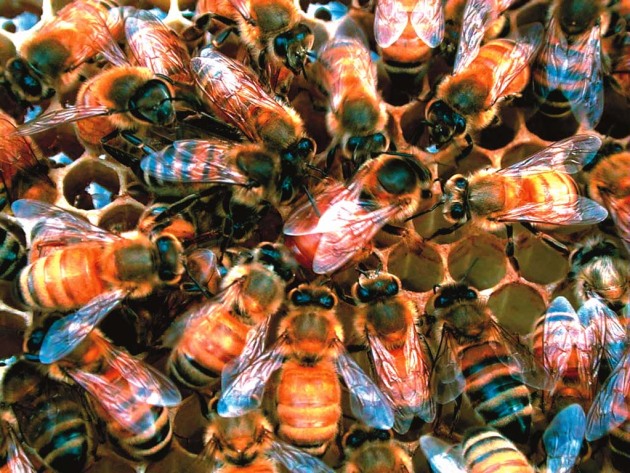
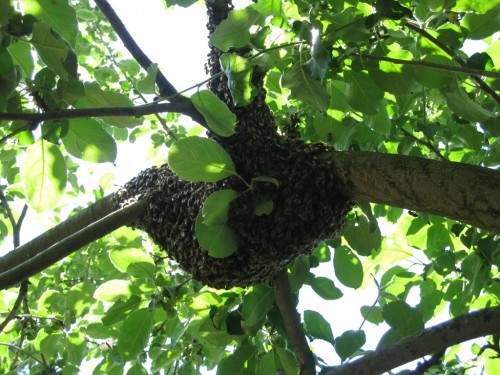
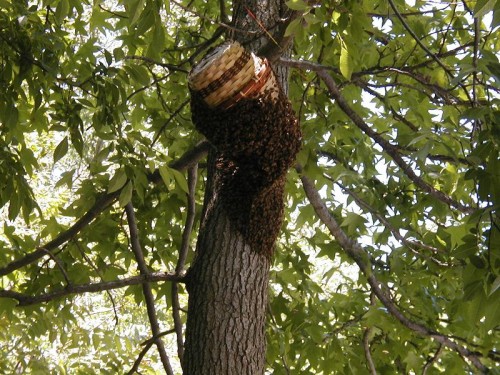
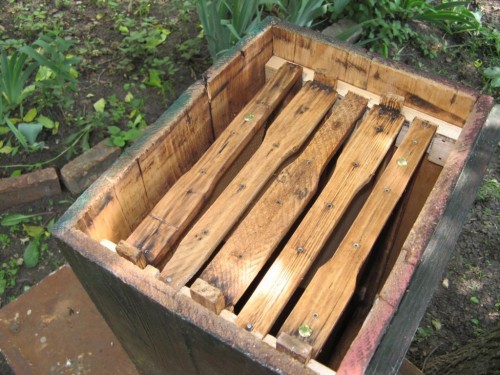
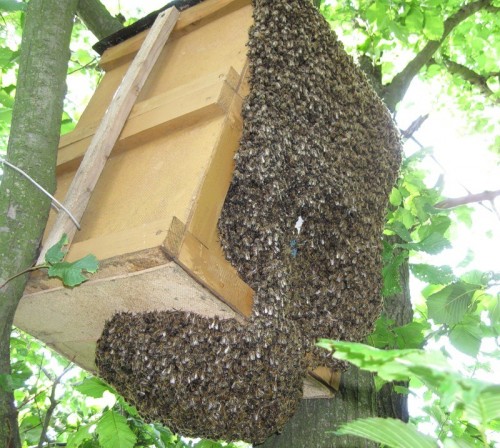
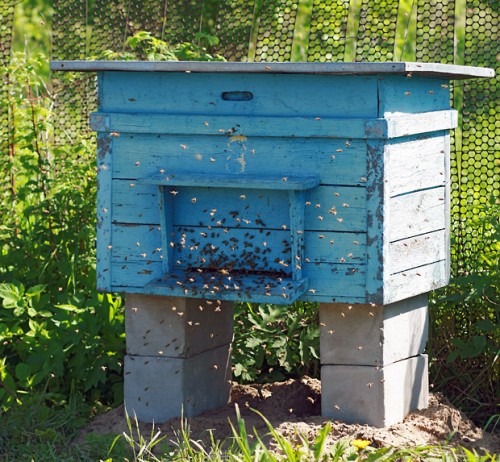
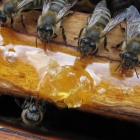
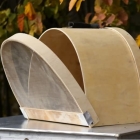
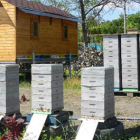
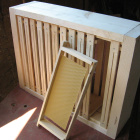

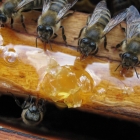
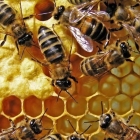
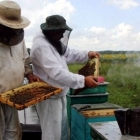
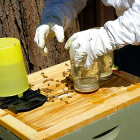
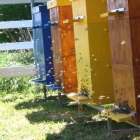
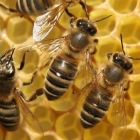
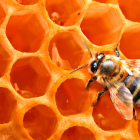
 Start a discussion ...
Start a discussion ...